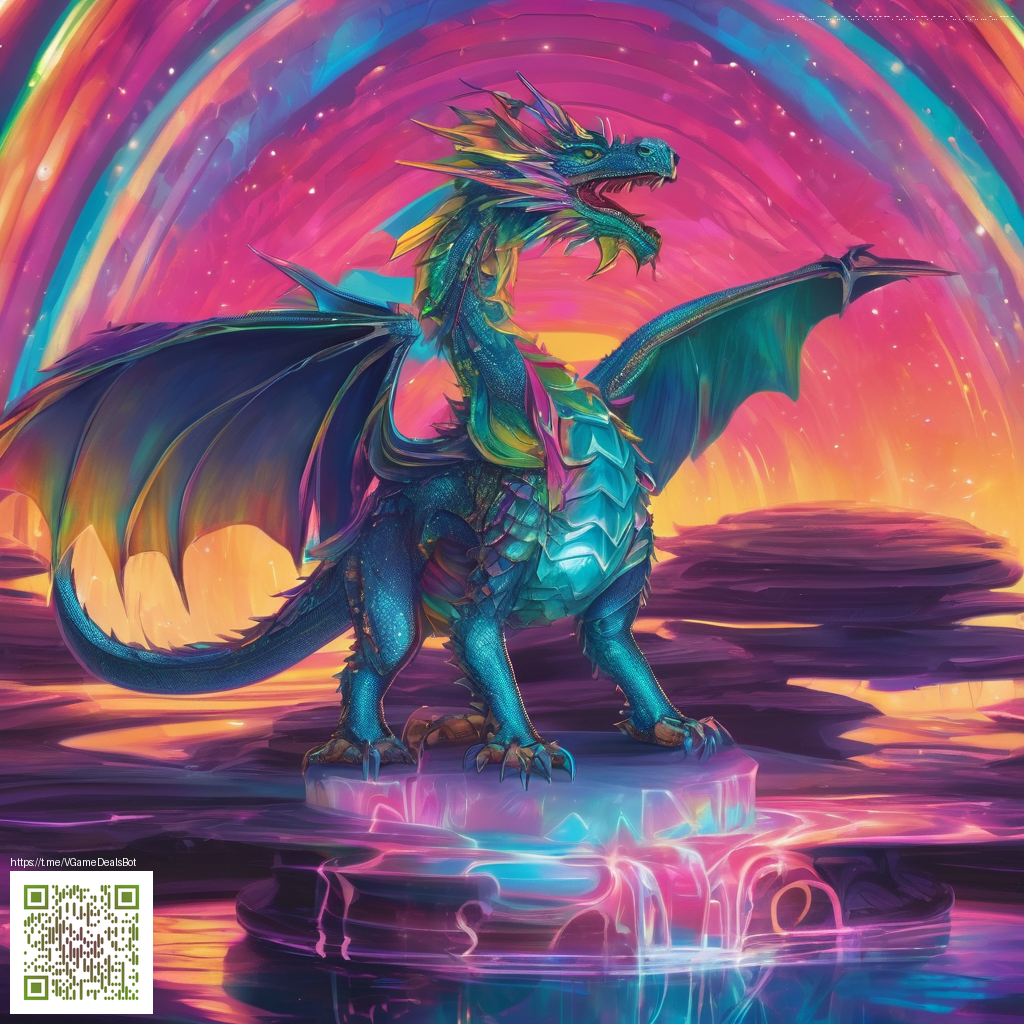
Bringing motion into brand templates is one of the most efficient ways to capture attention without overwhelming your audience. Animated GIFs offer a balance between visual interest and quick loading times, making them ideal for social posts, email campaigns, and product pages. The process isn’t merely about making something move; it’s about telling a brief, repeatable story that reinforces brand personality and value. In practice, a well-crafted GIF template acts as a micro-asset that can be re-skinned for campaigns, products, and events, keeping your brand language consistent across channels.
What makes GIF templates work for brands
Effective branded GIFs share a few core characteristics. They maintain your color palette, typography, and logo treatment, while using motion to emphasize benefits rather than overwhelm the viewer. A strong GIF template should be scalable, allowing you to swap out text, product images, or CTAs without redoing the entire file. When done well, these templates become a dependable toolkit for quick turnarounds during launches or seasonal campaigns.
- Consistency with your brand guidelines ensures every loop feels like part of a single family of assets.
- Engagement through deliberate motion draws the eye and communicates value in seconds.
- Efficiency – once a template is built, it can be adapted for different products and messages with minimal effort.
- Versatility across channels—from Instagram carousels to email headers—thanks to format options and optimized sizes.
Designing your template: core elements to plan
When you start, treat the GIF as a tiny storyboard. Define the narrative arc in 3–5 frames: an opening hook, a product reveal, a value proposition, and a CTA or brand cue. Choose your motion language to align with brand personality—whimsical for lifestyle brands, clean and precise for tech, bold for sports or streetwear. Don’t forget accessibility: ensure text remains legible and contrast remains strong even when the animation loops on small screens.
Motion language and timing
Timing matters more than you might think. A typical social GIF runs between 3 and 6 seconds, looping seamlessly. Shorter loops work well in feeds, while longer ones can highlight a feature sequence in emails. Consider easing curves that feel natural to your brand—soft, rounded transitions for friendly brands or crisp, linear moves for professional ones. A thoughtful motion language helps viewers grasp the message quickly without feeling overwhelmed.
Tip: Keep loops crisp and purposeful. A well-timed nudge—like a logo glow or a fly-in of a key benefit—can make the difference between a muted scroll and a remembered brand moment.
Technical tips: exporting, optimization, and accessibility
GIFs are a balance between visual fidelity and file size. Use a compact color palette that stays true to your brand, and optimize the frame count to minimize bytes without sacrificing clarity. If your template will appear beside other elements, ensure the background remains consistent and consider transparency where appropriate to blend with page layouts. Test across devices and email clients; what works beautifully on a desktop can look different on mobile, especially when text scales or line breaks change.
For teams that like a handy, on-the-go reference, a compact tool or stand can be surprisingly helpful during live demonstrations. For example, Phone Click On Grip Back Of Phone Stand Holder provides a stable surface to showcase looping assets on a handheld display or during in-person reviews. Keeping a steady platform nearby helps accelerate feedback sessions and keeps the focus on the animation storytelling rather than device setup. If you’re curious to see a broader collection of branded visuals and templates in action, you can explore a living gallery at this page for inspiration and practical layouts.
Workflow: from concept to ready-to-use templates
- Define brand guidelines and audience goals for the GIF template. Clarify the color palette, typography, logo usage, and the tone of motion.
- Storyboard the sequence in 3–5 frames. Decide the looping behavior—forward, ping-pong, or a seamless single-loop.
- Create assets in your preferred design tool (After Effects, Photoshop, or a combination). Build reusable layers that can be swapped for different campaigns.
- Export with palette optimization and appropriate frame rate. Test the file size and legibility on mobile screens.
- Document the template parameters so teammates can reuse the asset with confidence and consistency.
When you publish these templates, present them with context—explain the motion language, when to use each variant, and how to tweak copy or imagery while preserving the brand core. A well-documented process accelerates approvals and ensures that the GIFs stay aligned with brand goals as campaigns evolve.